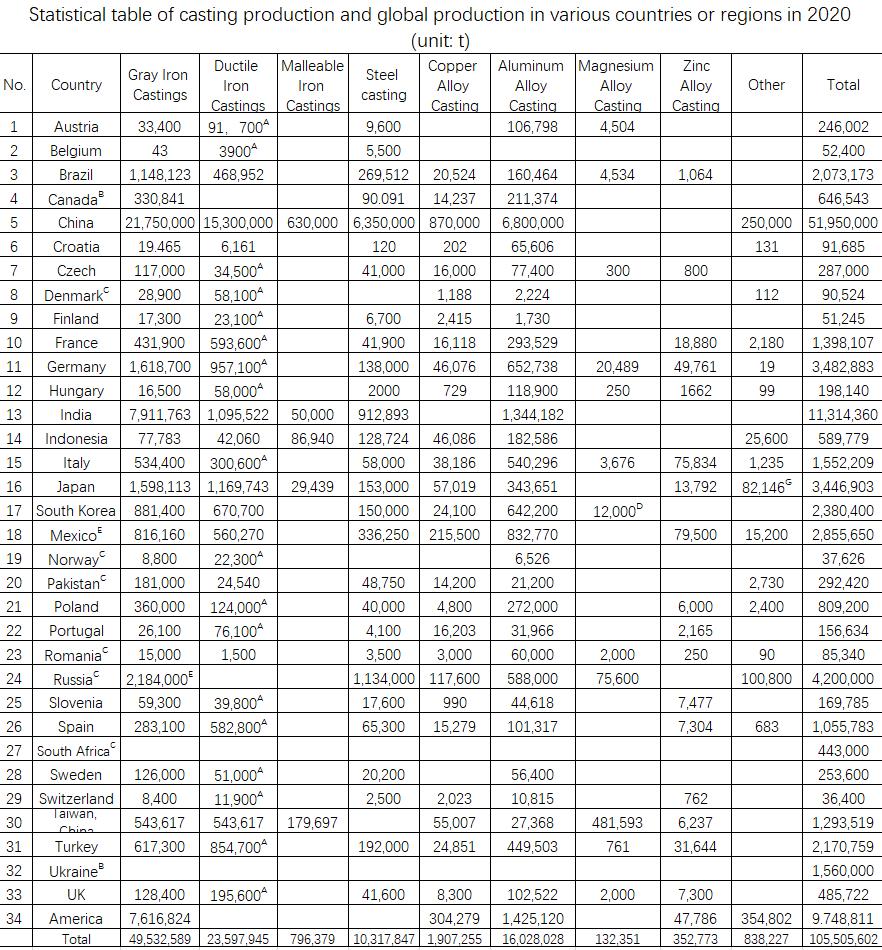The 3D Sand Printing Process Revolutionizing Manufacturing
In recent years, 3D printing has emerged as one of the most transformative technologies across various industries, and among its many applications, sand printing stands out as a significant advancement. The 3D sand printing process harnesses the power of additive manufacturing to create complex shapes and structures using sand as the primary material. This innovative technique promises to revolutionize manufacturing in sectors such as construction, aerospace, and automotive, offering unparalleled design freedom, efficiency, and sustainability.
Understanding the 3D Sand Printing Process
The 3D sand printing process typically involves the use of a binder jetting method or selective laser sintering. In the binder jetting approach, a powdered sand mixture is spread in layers, and a liquid binder is selectively jetted onto the sand particles to adhere them together, forming a solid object. Once the printing is complete, any unbound sand can be reused, minimizing waste and ensuring sustainability. On the other hand, selective laser sintering involves the use of a laser beam to fuse sand particles together. Both methods allow for rapid prototyping and production of intricate designs that would be challenging or impossible to achieve using traditional manufacturing techniques.
Advantages of 3D Sand Printing
The advantages of 3D sand printing are extensive. One of the most significant benefits is the design flexibility it offers. Traditional methods often require a considerable amount of planning and tooling, which can restrict creativity. In contrast, 3D sand printing enables designers and engineers to create complex geometries and custom parts that can be easily modified or updated. This adaptability is especially beneficial in industries where rapid innovation is crucial, such as aerospace and automotive.
Moreover, the speed of production is another key advantage. 3D sand printing can significantly reduce lead times for prototypes and final products. This acceleration is particularly valuable for industries that rely on quick iterations and feedback loops in their design processes. With 3D sand printing, manufacturers can quickly transition from digital designs to tangible products, allowing them to stay ahead of competitors and meet market demands more effectively.
3d sand printing process

Sustainability and Cost-Effectiveness
As the world grapples with environmental challenges, the sustainability of manufacturing processes has become increasingly paramount. The 3D sand printing process contributes to sustainability in various ways. First, as mentioned earlier, the ability to reuse unbound sand means that less material is wasted compared to traditional sandcasting methods, where a significant amount of sand often ends up discarded. Additionally, because the process allows for the creation of lightweight components, it can lead to more efficient fuel consumption in transportation applications.
From a cost perspective, 3D sand printing can reduce the overall expense of production. While the initial investment in a 3D printing setup may be higher than traditional methods, the reduction in material waste, labor costs, and lead times can offset these costs in the long run. Furthermore, with the continuous advancements in 3D printing technology, the price of machines and materials is expected to decrease, making this process more accessible to small and medium enterprises.
Applications Across Industries
The applications of 3D sand printing are vast and varied. In the construction industry, it is being used to create molds for casting concrete elements, which can expedite the building process and allow for more intricate designs. In the aerospace sector, where weight savings are critical, 3D sand printing enables the production of complex parts that contribute to better fuel efficiency. Automotive manufacturers are also exploring the technology for producing lightweight components and prototypes, leading to more innovative vehicle designs.
Conclusion
In conclusion, the 3D sand printing process is reshaping the landscape of modern manufacturing. With its unique combination of design freedom, efficiency, sustainability, and cost-effectiveness, it holds the potential to streamline production processes across various industries. As technology continues to evolve, it is likely that 3D sand printing will become an indispensable tool for manufacturers seeking to innovate and adapt in an ever-changing market. Embracing this technology may very well pave the way for a more creative, efficient, and sustainable future in manufacturing.
Post time:Dùbh . 18, 2024 09:10
Next:lost foam sand casting
